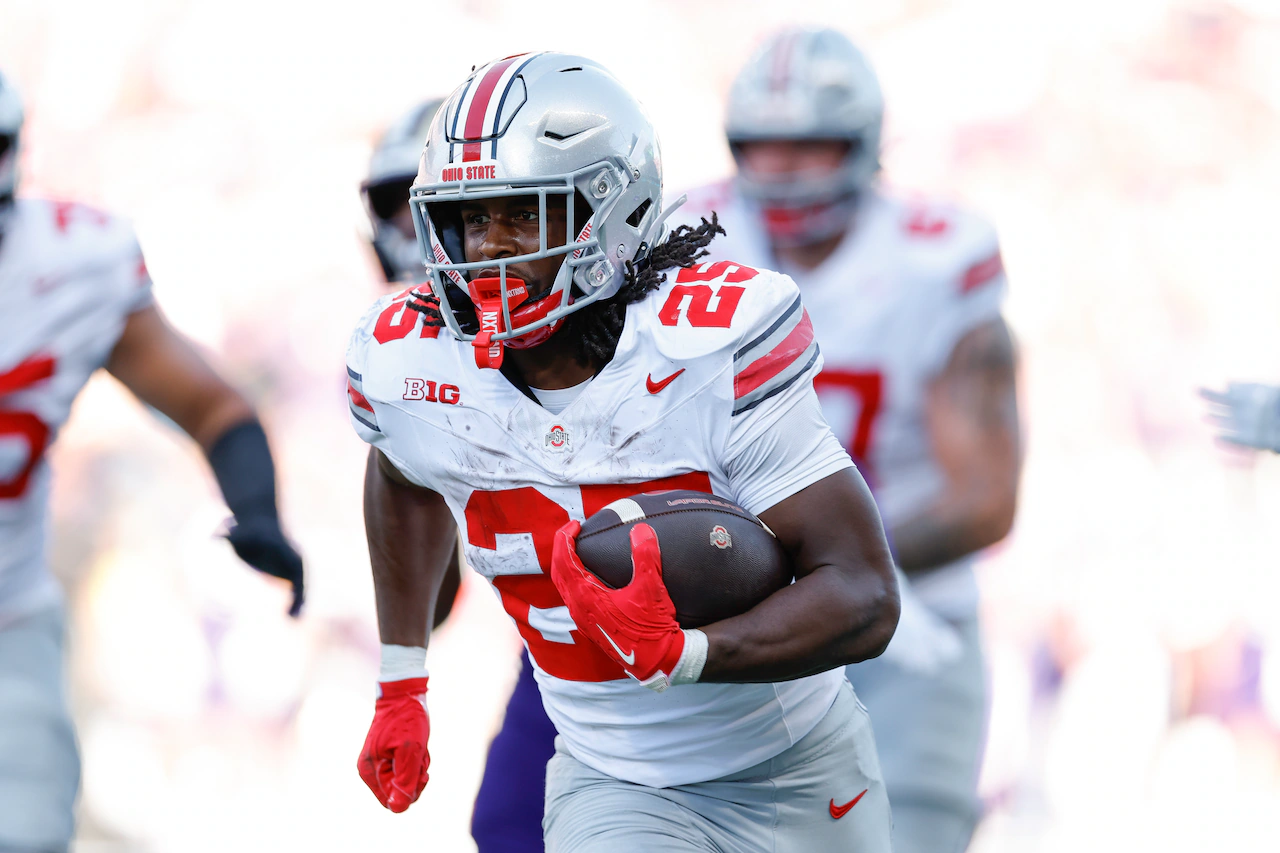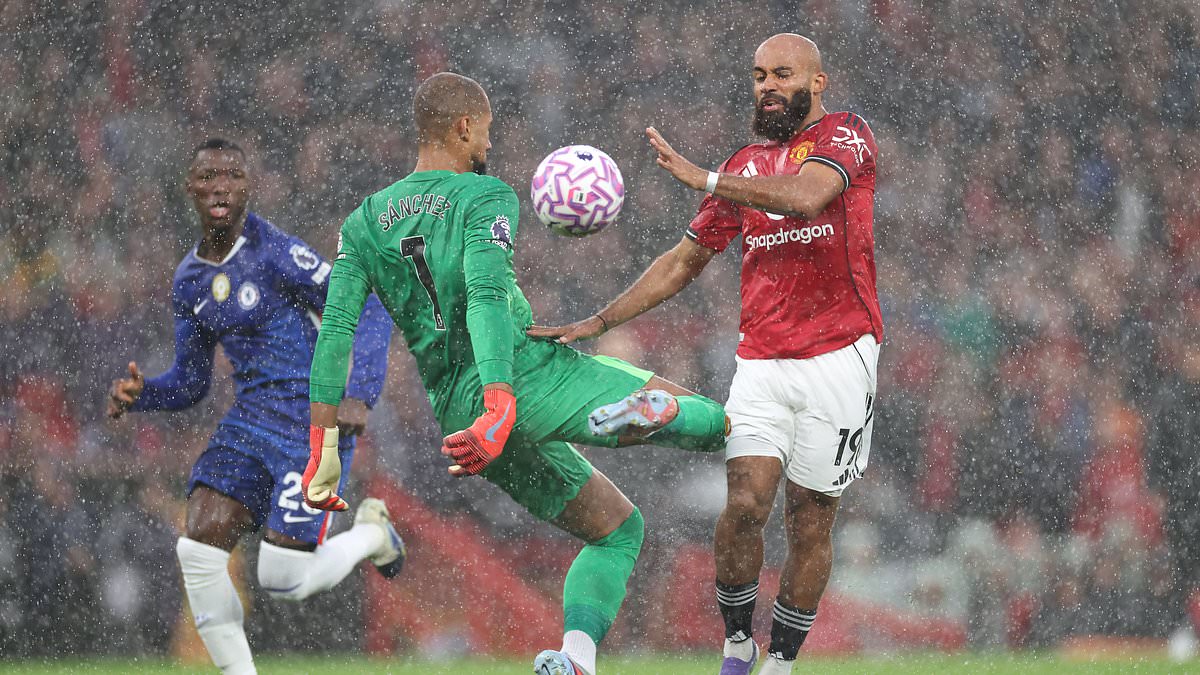The surprising stat that shows why Ohio State’s offense is under more pressure than ever before

COLUMBUS, Ohio — Ryan Day has set a clear benchmark for his Ohio State offense this season: score touchdowns on 75% of red zone trips. It’s an ambitious goal that currently sits well out of reach, with the Buckeyes converting at just a 65% clip (ranking 62nd nationally) through the first month of the season.
But is this standard a realistic expectation for a championship-caliber team, or an arbitrary number that sets Ohio State up for unnecessary criticism?
The answer lies in understanding how the modern game has evolved, especially Ohio State’s approach this season. The Buckeyes are averaging just 60.3 plays per game – ranking 126th nationally out of 133 FBS programs. This methodical approach means every possession carries significantly more weight.
“So, they’re near the bottom in the amount of plays they’re running,” Stephen Means explained on the latest Buckeye Talk podcast. “And that is a combination of Ohio State is so good that when you play against them, it’s probably not in your best interest to play up tempo… But Ohio State is also eating up clock when it’s playing its game.”
This deliberately slower pace creates a high-stakes environment where red zone failures become magnified. As Means pointed out, “If you are going to be in more situations where you’re taking less shots, you’re being less high up tempo looking for explosive plays… you can’t get down to the 17 yd line against Washington and it’s fourth and one and you don’t convert because Nate Roberts missed a block.”
The statistics tell an interesting story about Day’s tenure at Ohio State. Since he arrived in 2017, the Buckeyes have achieved that 75% touchdown rate in the red zone just twice – in 2019 (his first year as head coach) when they converted 78.67% of opportunities, and last season when they hit 75.81%.
What makes this season different is the apparent tradeoff between explosive plays and methodical drives. Stefan Krajisnik made this connection explicit: “But if the explosive scores go down, then you got to make up for that somewhere. And that’s when it’s something that like this is a very copout answer. It’s something that we’re probably not going to be able to judge until like after the regular season ends. But if I look at the 2025 regular season and the amount of let’s say 25 plus yard touchdowns… if the 25 plus yard scores are down, then yeah, you better be closer to that 75% in the red zone because you got to be get got to get these points from somewhere.”
This creates a fascinating dynamic for Ohio State’s offense. If they’re going to play a style that limits total possessions – whether by design or as a response to defensive looks – then the margin for error shrinks considerably. Every failed red zone trip isn’t just a missed opportunity; it could be the difference in a close game against a top opponent.
Andrew Gillis summed it up perfectly with his blunt assessment: “Be better in the red zone and we don’t have to talk about special teams as much.” His point connects the various discussions surrounding the team – if the offense converts at a higher rate, the spotlight on other phases of the game diminishes.
The reality is that Ohio State has the talent to meet Day’s lofty standard. In recent years, between five and ten teams nationally have managed to hit that 75% threshold. With the weapons at the Buckeyes’ disposal, they should theoretically be among that elite group.
The question isn’t whether the goal is achievable – it undoubtedly is. The question is whether this Ohio State offense can reach its potential in time for the games that will define their season. With a grueling road schedule ahead, including trips to Penn State and Michigan, the red zone efficiency that seemed like a minor concern in September could become the difference between championship glory and another season of “what ifs.”
Here’s the podcast for this week:



